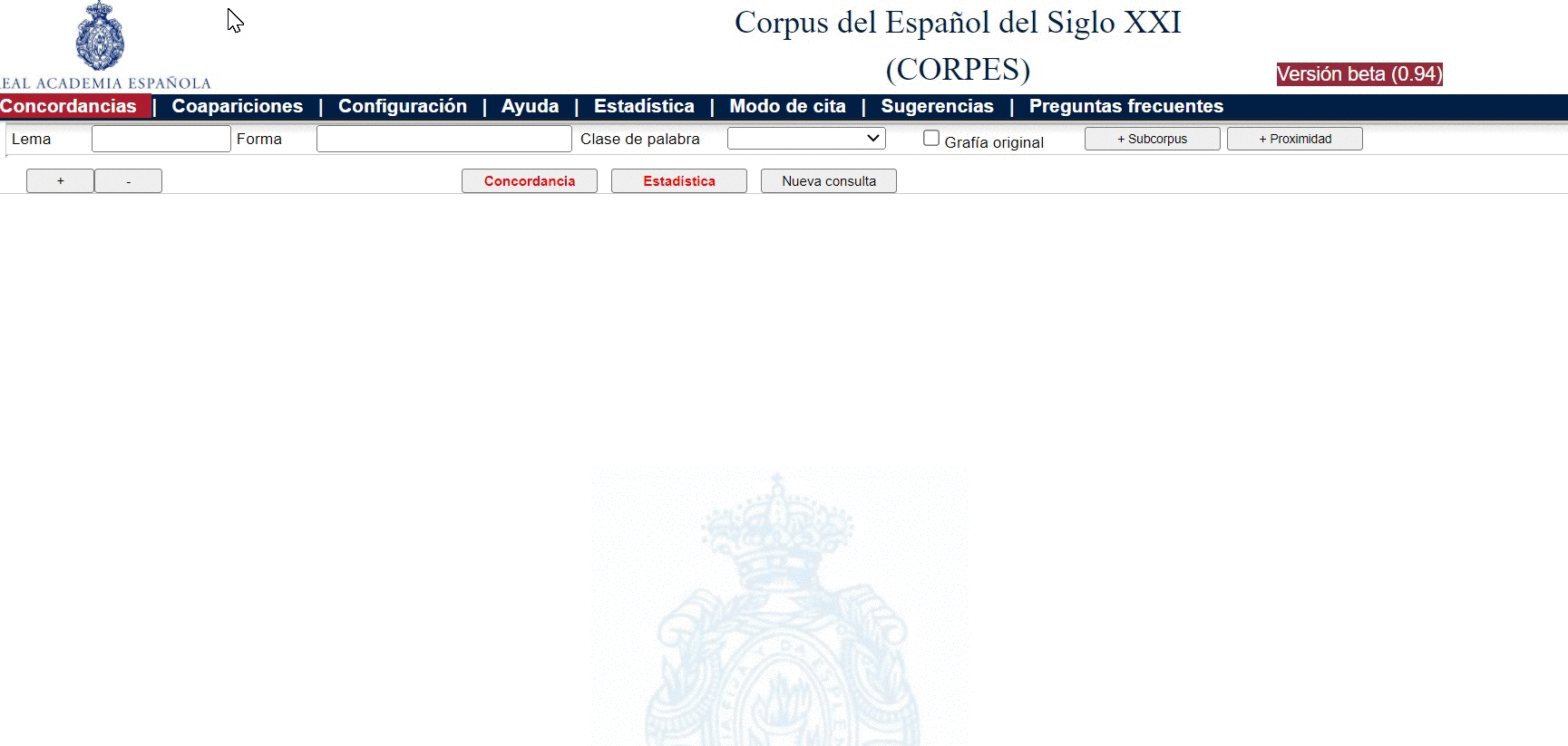Inspired by some of my colleagues in my LinkedIn network and Twitter feed that I follow and admire, I wanted to share some of the projects I have been working on this week.
On Monday I proofread and did a quality check of two short films subtitled into Latin American/US Spanish. Both film subtitles had been translated from English by an AI/MT interface. These are some of the most horrible examples I had to edit to make them work effectively in Spanish:
"Y las lágrimas empezaron a salir de mis ojos" for "Tears began coming out of my eyes."
This type of structural literal translation, or structural calque, is very common in MT. Is this Spanish phrase understood? Yes. Is it fluent and colloquial? No. Is it good enough for a subtitle? No way. Is it good enough for a localized product? Gosh, no!
A much better, human-quality translation would be: “Se me empezaron a caer las lágrimas.” Or if you have space in your subtitle, you could choose the longer version: “Me empezaron caer lágrimas de los ojos.”
Two more structural calques follow:
From the original: After yoga, I feel warm. 😒
From the original: It helps my whole body calm down.
Much smoother, natural and quality options are: “Después de yoga, siento calor,” and “Me ayuda a calmar todo el cuerpo.” Remember that in Spanish we don’t use possessives with parts of our body like in English. Spanish prefers definite articles. If you want to learn more about these types of parallel syntactic structures, I wrote another blog post about the power of syntax and created a comparative syntax workshop for translators—my course already started this year, but you can sign up for when the on-demand version becomes available.
The other short film was titled “A new sway.” The word “sway” in this case is a catchy play of words that merges the idea of swaying waves, swaying arms and legs when dancing to the Hawaiian hula and a wink to the idea of a new form of life, as the person in the film was going through a transformational change in her life. I knew I needed to find a jazzy, catchy phrase for my title into Spanish. Well localized media products require a well localized title, one that is smooth, catchy and captures the essence of the film in this case. I ended up trying many synonyms and phrases. Un nuevo ritmo | Un nuevo movimiento | Un nuevo meneo | Un nuevo giro | Una nueva danza. I started ruling out one by one. I liked meneo, but in my Google searches I kept bumping into this reggaeton song:
Apart from adding a little dancing to my working day at my desktop, this song—and video—helped me rule out “meneo” as a possible translation. It might carry sensual connotations that I didn’t want present in my film translation. I ended up choosing “Un nuevo vaivén,” with the intent that the word “vaivén” plays enough with the ideas of waves, dancing and change.
On Jan. 1, 2011, Maureen O'Connor became Ohio's first female Chief Justice, and giving the Court its first-ever female majority. Source: Ohio Supreme Court website.
On Tuesday I translated a social justice article about redistricting in Ohio. In this article, there was the gender-neutral noun “chief justice.” The phrase said “to impeach the Supreme Court’s chief justice (also a Republican).” These types of phrases could easily make a less experienced or inattentive translator trip over a very serious mistake. The unmarked gender in nouns and adjectives is the norm in English, but not in Spanish, which requires choosing gender for all nouns and adjectives, in my case for “chief justice” and “Republican.” Here you HAVE TO search for the identity of these people. NEVER make any assumptions. The text will always give you all the tools you need for your search. My text was about the Ohio Supreme Court. So I searched in Google for the Ohio Supreme Court chief justice. It is Chief Justice Maureen O'Connor, a woman.
In this text, there was also an opportunity to put my corpus search skills to a really good use. The original sentence in English said “the justices barred federal courts from even hearing such claims”. My translation question here was how to translate the verb “hear” in this context. To “hear a claim” in English means that a court of law examines a civil or criminal cause, studies the evidence presented before a judge and tries a defendant to determine the issue. So I needed a translation of the word “hear” that would collocate well, or go smoothy with, the noun “court/tribunal” and “claims/demandas” and function well in this context. My general bilingual dictionary didn’t carry this sense of the verb “hear”. My legal bilingual dictionaries Diccionario de Términos Jurídicos inglés-español/Spanish-English by E. Alcaraz, et. al; and Diccionario de términos jurídico-policiales by J. C. Domíngues don’t carry any entry for “hear”, except for Diccionario Jurídico español-inglés/Law Dictionary English-Spanish by G. Cabanellas de las Cuevas, which simply gave me “conocer una causa.”
So what to do? What other verbs collocate well with “tribunales” and “demandas”? The literal routes: ¿Los tribunales escuchan demandas? ¿Los tribunales oyen demandas? And the Cabanella’s option, ¿los tribunales conocen causas? I wasn’t satisfied with any of these. So I opened CORPES, a free corpus tool created by Real Academia Española, collecting written and oral texts published in the Spanish language during the last 20 years and featuring over 350 million words. The linguistic searches that corpuses like this one allows are extremely useful to translators—see this blog post on why you need to incorporate corpus searches in your daily practice, and this webinar showing the ins and outs of corpus for translators.
This is what I did in my corpus search. I typed in “tribunal” in the lemma field (not in the “forma” field because only the lemma would give you other variations of the word, such as “tribunales”). Then I went to the Proximidad button to search for my other word, “demanda.” I typed it in the lemma field again (to get results like “demandas”). And I finally set the distance by which I want to find both words, say 4 words. All these variables mean that I want the corpus to search for the lemma “tribunal” separated to the right by no more than 4 words from the lemma “demanda”. Below you can see the search live in a short GIF video, and after that a screenshot of just the first page of my search results.
Thanks to this search, which took only a couple of minutes, I now know what are the most frequent verbs that go with “tribunal” and “demanda”:
Pretty neat, isn’t it?
Finally, on Wednesday I translated a press release where the omnipresent, inclusive YOU in the imperative form in English makes you choose how to address your target audience in your Spanish translations. Will you use the more formal “usted” or the more informal “tú”? When the text doesn’t give me the necessary hints to decide, I tend to choose “ustedes” if it goes to a Latin American audience or the US Hispanic community. So the sentence “You can find XXXX on Twitter, Facebook, and Instagram” can become “Pueden conectarse con XXX en Twitter, Facebook e Instagram.”
This press release also presented the opportunity to use more gender-neutral, more inclusive language in Spanish. English doesn’t normally mark gender in nouns or adjectives. But Spanish does. As I specialize in social justice translations into Spanish, using gender- and race-neutral language as much as I can is at the core of my work.
See my infographic below for some strategies:








